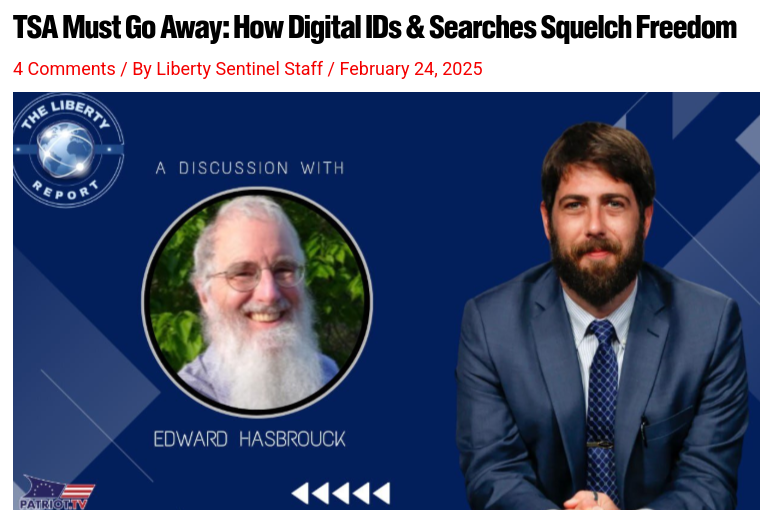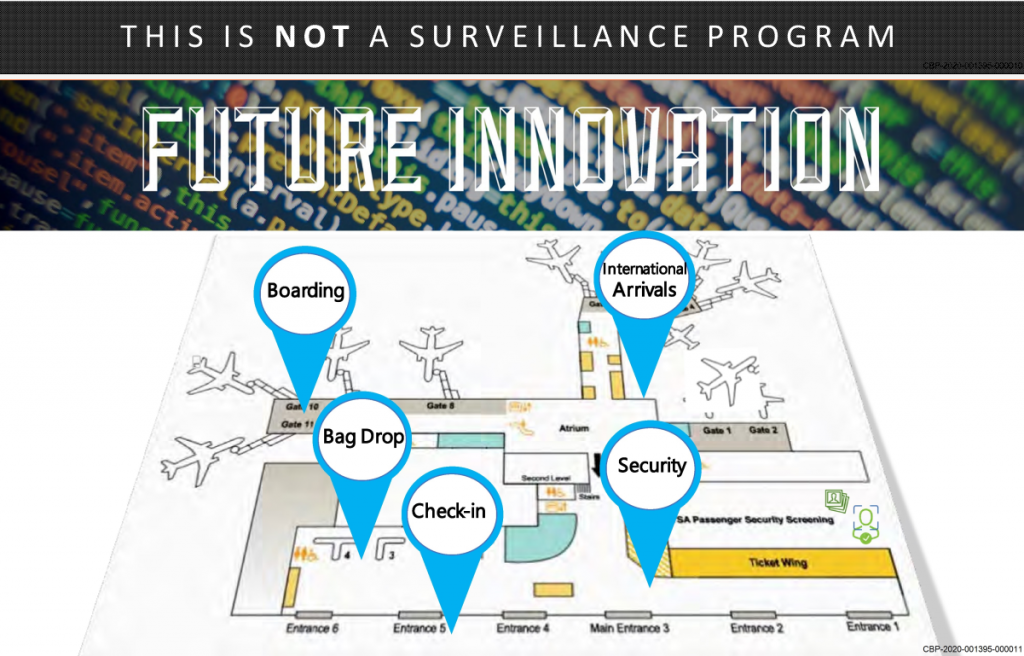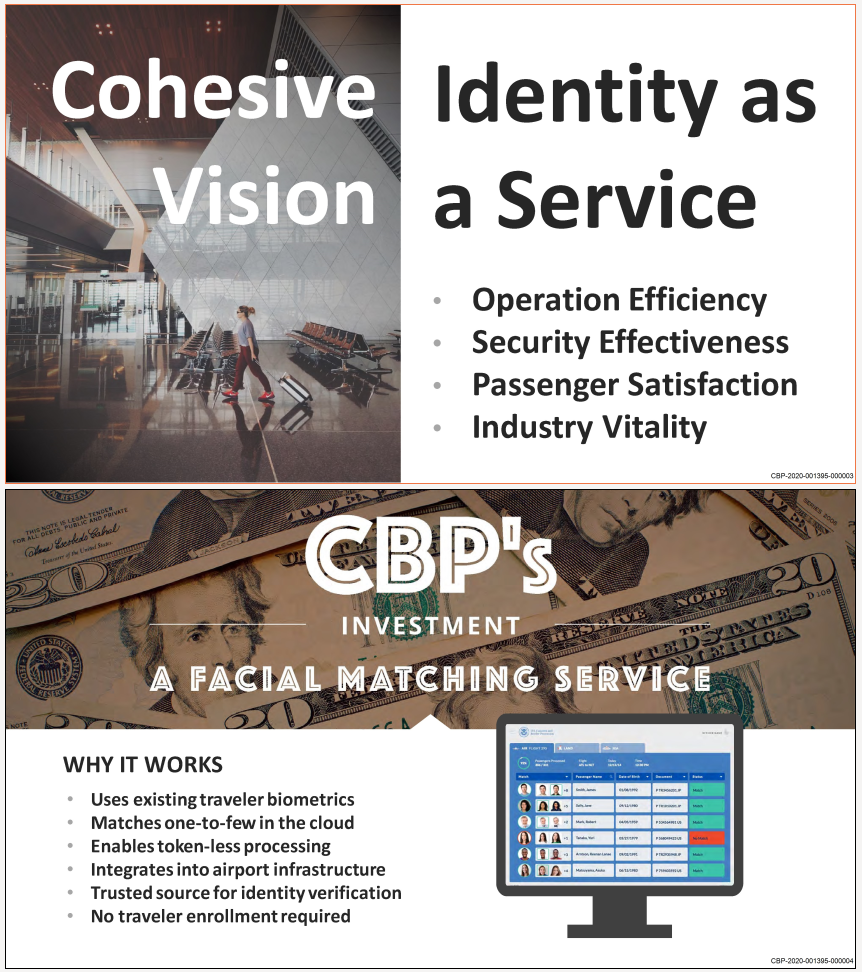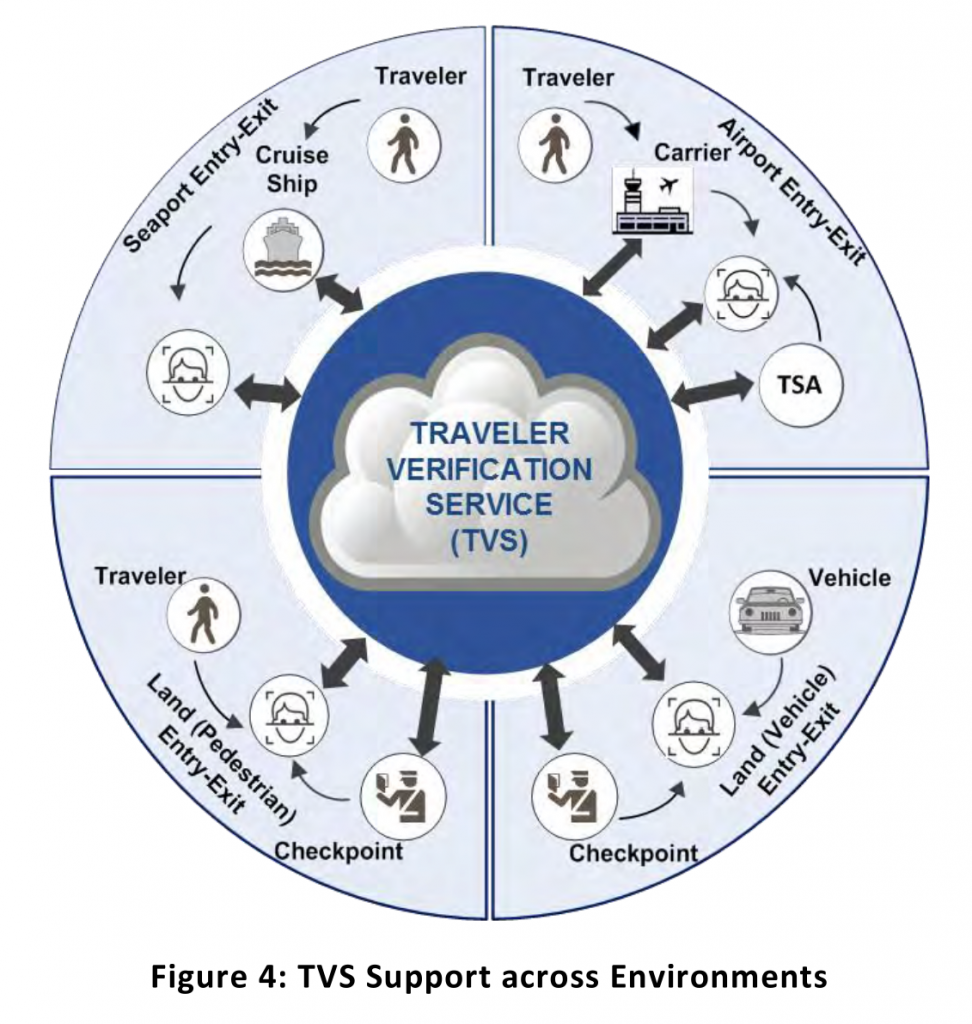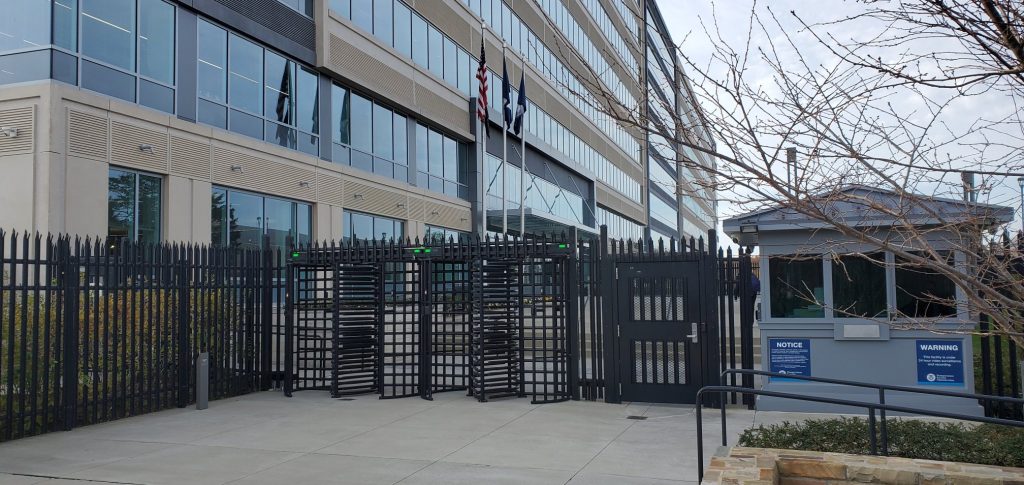Treasury Department says it won’t enforce ID requirement for corporate principals
The US Department of the Treasury has announced that it plans not to enforce the provisions of the Corporate Transparency Act (CTA) that were to go into effect next month requiring owners and principals of all corporations to file copies of government-issued ID credentials, including photos, with the Financial Crimes Enforcement Network (FinCEN).
The Treasury Department also says it plans to propose revisions to the CTA regulations that would limit the ID-filing requirement to principals of “foreign reporting companies”, a term that doesn’t appear in the statute and isn’t defined in the announcement.
We don’t want the government to try to enforce the CTA reporting requirement. But if the law isn’t going to be enforced, it should be repealed, not left on the books as a Sword of Damocles available to prosecutors to threaten or persecute disfavored businesspeople. And the proposed regulations, redefining which entities must file CTA reports, would appear to be contrary to the explicit language of the CTA statute as to who must file.
Press releases like this one form the Treasury Department aren’t binding on Federal prosecutors, even now, much less in the future. Regardless of this announcement, nobody subject to the CTA is safe from prosecution if they don’t file the reports required by the law.
There are few legal constraints on prosecutorial discretion. Many laws — including those that impose reporting and filing requirements — are routinely ignored and unenforced. Police and prosecutors, especially those with malign intentions, love to have laws like this on the books that everybody violates. That allows anyone to be prosecuted at any time, with the government claiming truthfully that it is merely “enforcing the law”. Only in rare cases is the government required to explain the real reasons why some people are prosecuted while others who are known to have violated the same laws are not.
To word it a little differently, the combination of unlimited prosecutorial discretion and universally violated laws is central to the phenomena of pretextual police action and pretextual prosecution. An essential part of the solution is the repeal of unenforced laws.
We welcome, in the short term, the nonenforcement of CTA reporting rules. And we urge Congress to address the problem, promptly, by repealing the CTA in its entirety.
